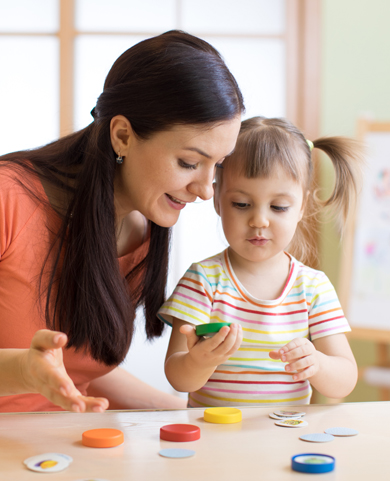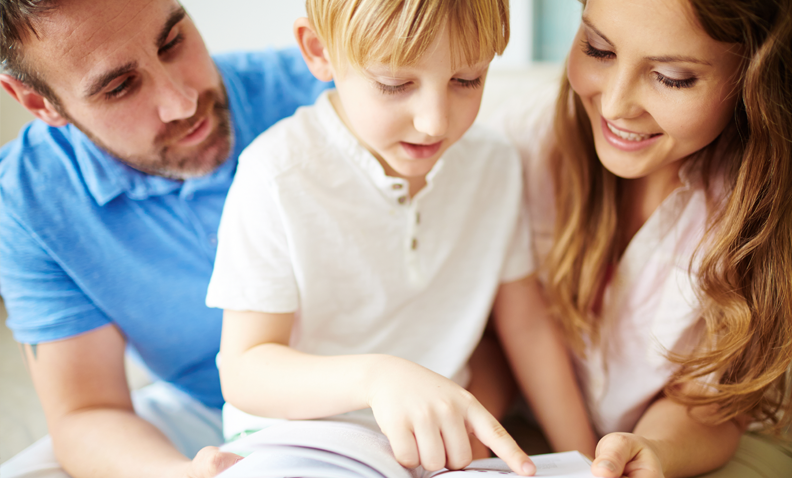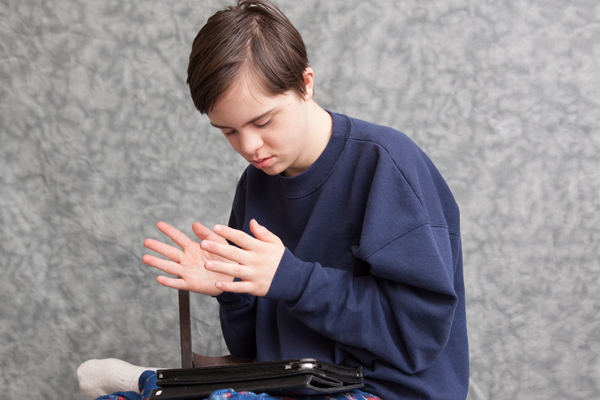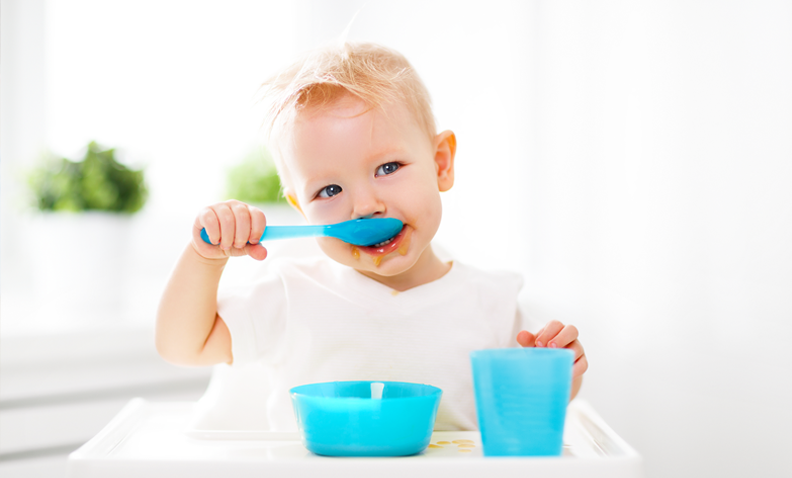Preverbal skills are the foundations of communication development.
A child needs to be able to focus on objects or people in order to learn about them. It is also important to attend to experiences. Attending involves:Turning towards an objectGazing at the objectSustaining gaze for a period of timeMaintaining interest in an object with the time increasing with the child’s ageAttending to an activity initiated by both adults and other children as well as self initiated activities
This is a basic skill beginning shortly after birth. Eye contact enables a child to focus on people’s faces and objects. Children watch the mouth movements of the speaker and then attempt to copy them. If the child has difficulties with hearing, it is imperative that they can clearly see how sounds are made.







